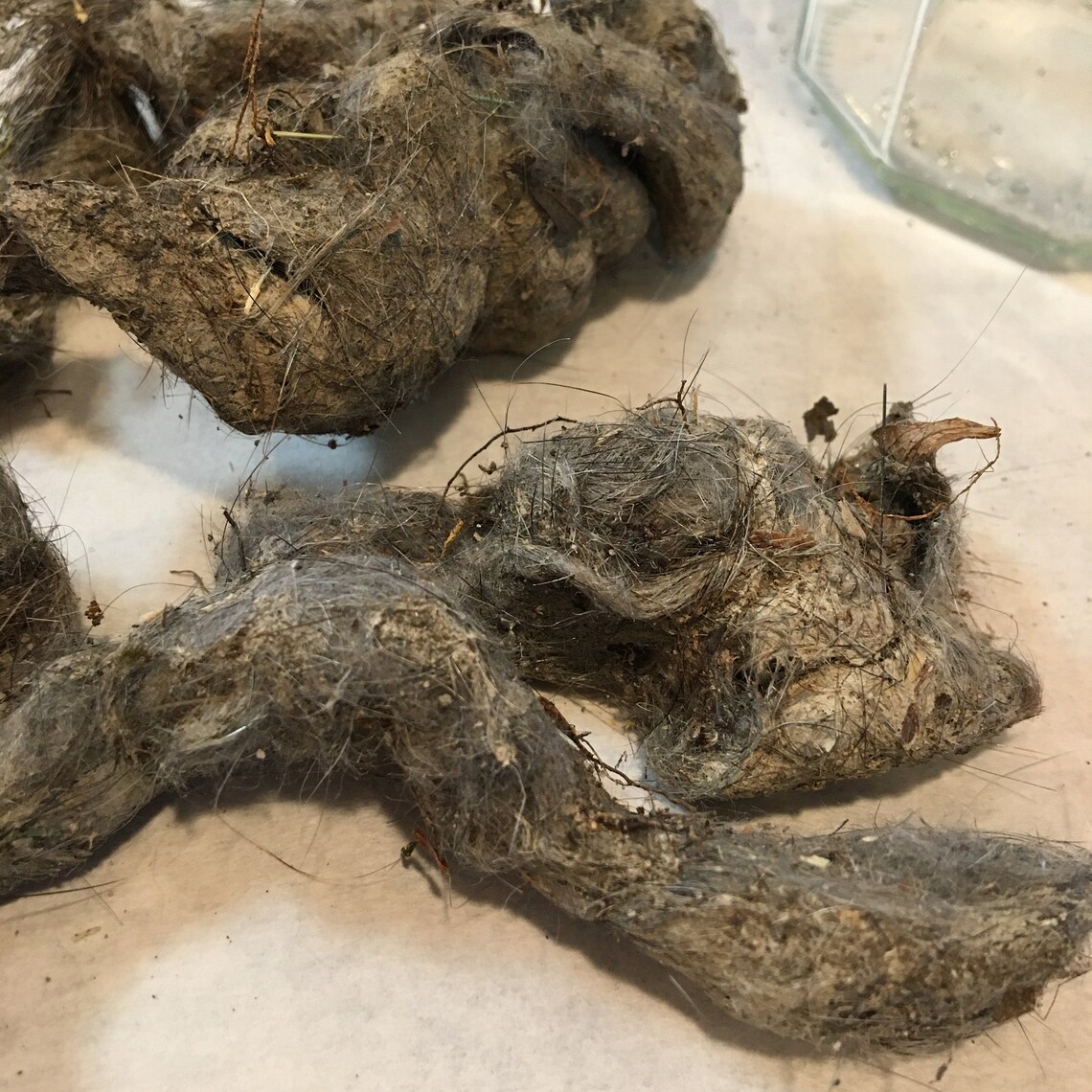

J Wildl Manag 51(2):273–277Īngerbjorn A (1989) Mountain hare populations on islands: effects of predation by red fox. Toronto, Ontario, p 64Īndelt WF, Kie JE, Knowlton FF, Cardwell K (1987) Variation in coyote diets associated with season and successional changes in vegetation.
COYOTE SCAT MANUAL
Overall our results show that coyotes and red fox in suburban areas of Southern New York are persisting primarily on natural prey items, and not being subsidized by anthropogenic food sources.Īdorjan AS, Kolenosky GB (1969) A manual for the identification of hairs of selected Ontario mammals. Seasonal changes in diet were not detected for either species. No anthropogenic items were found in red fox scat, nor were remains from threatened piping plovers ( Charadrius melodus), known to breed in the study area.

Anthropogenic waste appeared in 11.9% of coyote scat samples and made up 1.3% of the total weight of items recovered from samples.

For red fox the most common food items were birds, found in 39% of samples, and cricetid rodents, found in 37.8% of samples. The most common food items for coyotes were white-tailed deer ( Odocoileus virginianus), found in 54.2% of samples, and cricetid rodents, found in 16.9% of samples. Logistic regression was used to determine whether season or location predicted the presence of various food items. Hairs, feathers, bone fragments and other scat components were classified by comparison with reference collections. Scat samples were collected from 2017 to 2018 for coyotes, and from 2011 to 2012 for red fox. This study aimed to identify major prey items of both species in suburban New York, investigate consumption of anthropogenic resources, and examine seasonal changes in diet. Coyotes ( Canis latrans) and red fox ( Vulpes vulpes) are both generalist predators presently found in the Northeastern United States.


 0 kommentar(er)
0 kommentar(er)
